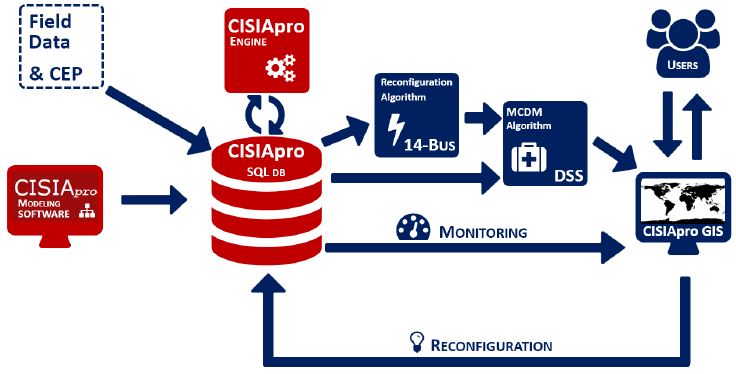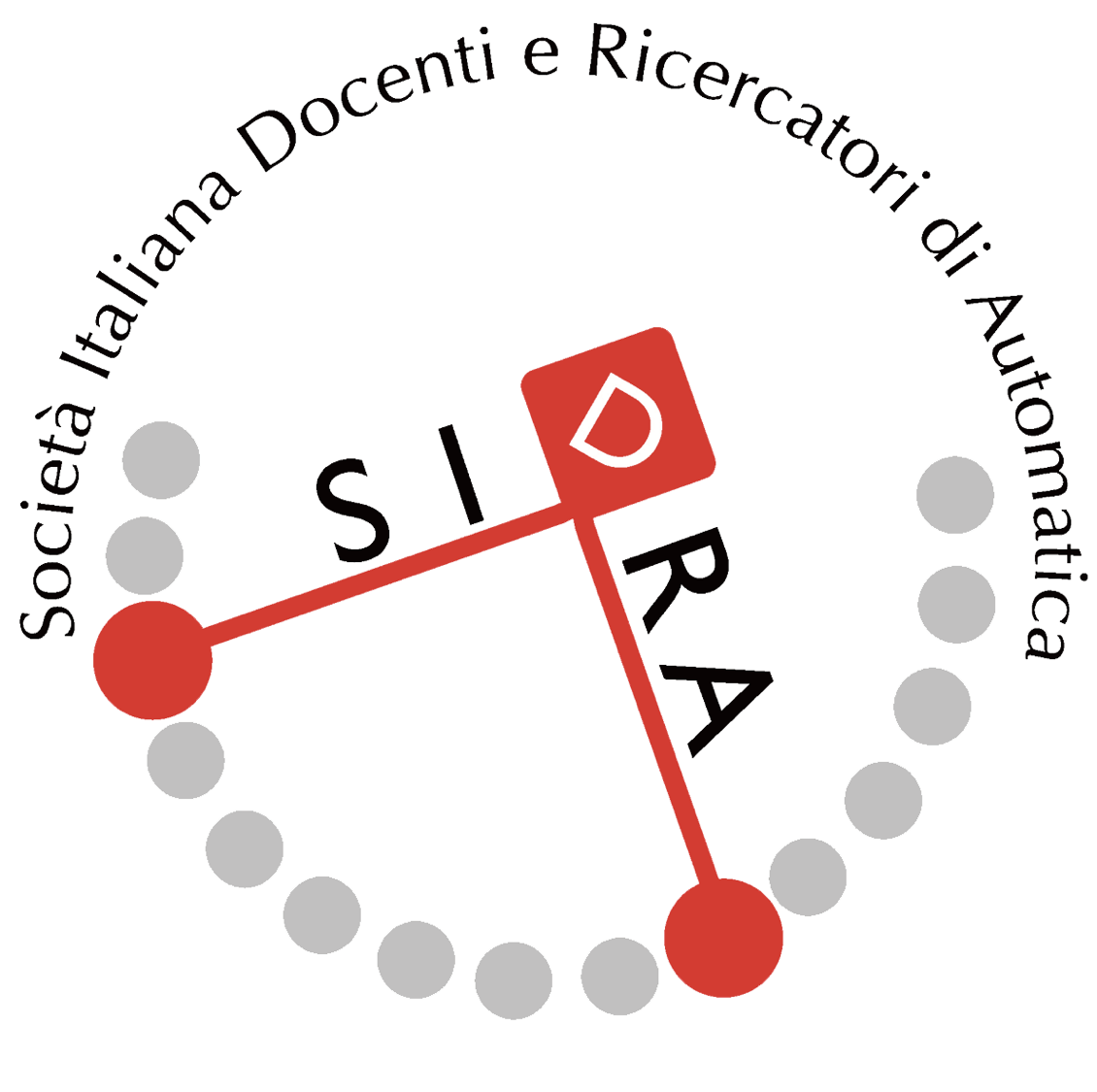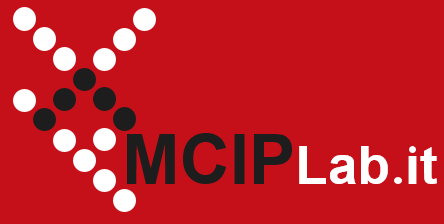Autori
Cosimo Palazzo, Chiara Foglietta, Dario Masucci and Stefano Panzieri
Abstract
Electrical grids are no more isolated infrastructures but they provide services towards other infrastructures and meanwhile water networks, telecommunications, gas pipelines and transport systems are mandatory in order to produce and deliver electricity. The reconfiguration algorithm determines the optimal tree configuration of the grid, after overloads or permanent faults. In literature, the reconfiguration algorithm takes into account feasibility, radiality, load balancing and energy losses. The aim of this paper is to consider the effects of interconnected infrastructures on the reconfiguration algorithm. In order to realise this aim, we need to collect information coming from heterogeneous infrastructure and normalize it. CISIApro is an agent-based simulator that gathers data on equipment operability and evaluates the cascading effects of faults, cyber attacks and natural disasters. The short-term forecast provided by CISIApro is the input of the decision support system for electrical reconfiguration purpose. This decision support system is made of two parts: an off-line tool able to generate a large number of possible configuration and a multi-criteria decision making able to evaluate several criteria: availability of the telecommunication network for closing the needed switches, availability of the generators to supply the downstream loads, load balancing and, eventually, reducing the blackouts or the unfulfilled loads, in terms of population and importance. The algorithm has been tested on a scenario made of three interconnected infrastructures: distribution grid, gas pipeline and telecommunication network. The electrical grid is the IEEE 14 bus system, where one generator is a gas turbine, i.e., a load in the gas pipeline. Some results are explained for understanding how information fusion can improve decision support systems.
Sessione
Video









